How to grow tamarillos |
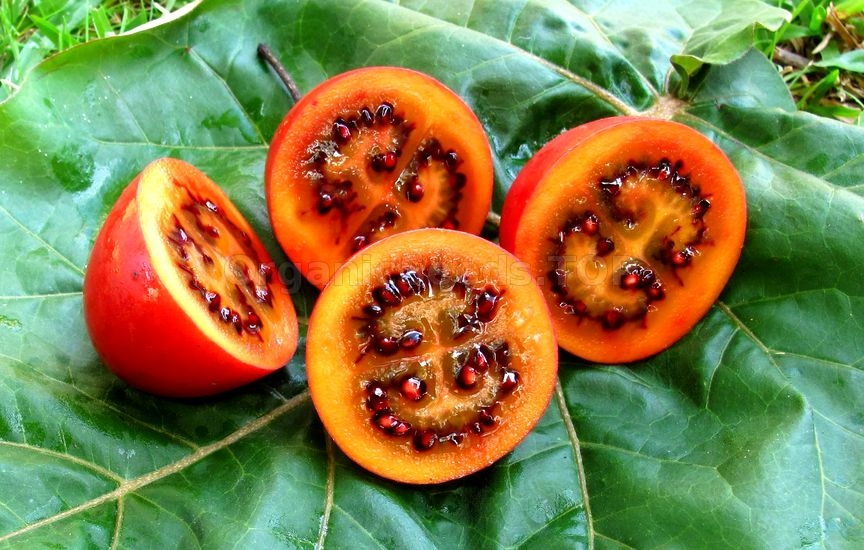 Tamarillos, like feijoas, are a fruit of South and Central American origin that New Zealand has adopted and developed since Solanum betaceum seedlings first arrived here in the late 19th century. It has also been called tree tomato, being a distant relative of regular tomatoes, along with eggplants and chillies from the Solanacae or nightshade family. The tamarillo was so-named in the 1960s by the New Zealand growers organisation, and combines the Maori word for leader (tama) with the Spanish-origin rillo – probably from amarillo, or yellow. Like feijoas and kiwifruit, tamarillos are versatile; the flesh can be eaten fresh or made into a range of sweet and savoury dishes and condiments. Tamarillos are tangy and usually sweet, with a bold and complex flavour that differs by variety. The fruit can be stewed to use on cereal or as a pie or crumble filling, added to stews and casseroles or made into a delicious chutney, which is especially good with chillies. Planting and Care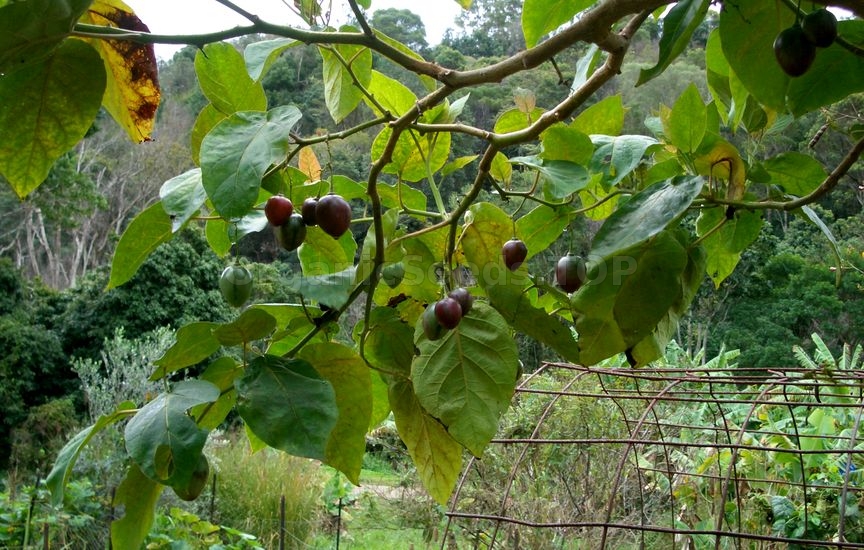 If your mouth is watering now and you think you would like to have a go at growing your own tamarillos, here are some tips for finding the perfect spot. Tamarillos need to be planted in a warm, sunny and sheltered site. The roots absolutely hate wet feet, so the soil should be very free-draining.
If there are any concerns about drainage, plant on a mound or ridge to raise the roots up. The site must be protected from wind as the branches are brittle and the shallow roots cannot support a tree that is rocking around, especially when loaded with a heavy crop. Tamarillos are frost-tender plants, so only very light frosts will be tolerated. The trees will grow to around 3m tall by 2m wide, so will fit into most gardens. The areas where tamarillos generally grow well are Northland, Auckland, Coromandel and Bay of Plenty. They will also do well in frost-free parts of Hawke's Bay, Taranaki, Manawatu, Marlborough, Nelson and the West Coast. In marginal regions, tamarillos can be grown indoors in a greenhouse, but care must be taken to control aphids and whitefly in this environment. 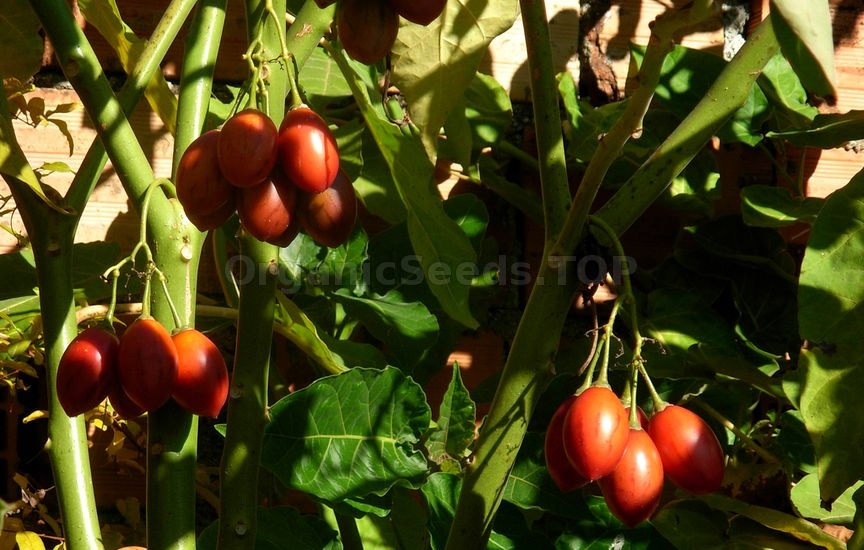 The best time to plant tamarillos is in spring when all risk of frost has passed. Incorporate compost and blood and bone into the soil when planting. Apply three doses of specialist fruit tree fertiliser each summer: the first a month after planting, the second one a month after that, and the last dose in February. Water the plant regularly over summer, especially during dry spells. Tamarillos need plenty of water as the large, soft leaves transpire moisture quickly and the fruit needs adequate and regular watering to develop well. The new growth will produce flowers in summer and early autumn. Tamarillo flowers are self-fertile, but will crop better if cross-pollinated by bees and wind moving the pollen between flowers. During summer, keep the area around the base of the tree weed-free to avoid competition for moisture and nutrients with the shallow roots of the tamarillo. Don't cultivate the soil or underplant with any companion plants; instead, apply a mulch to keep the area weed-free, moisture-retaining and nutrient-rich. Varieties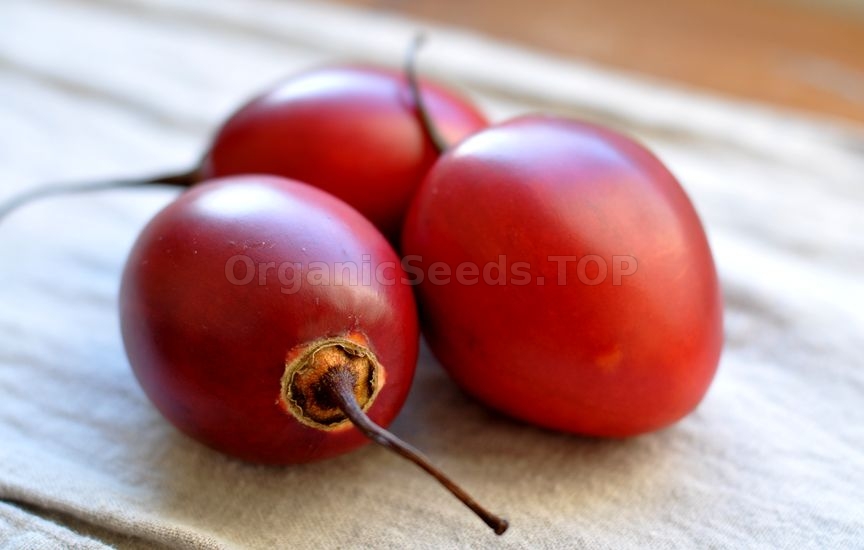 When tamarillos were first introduced to New Zealand, only yellow and purple varieties were available, but in the 1920s, a red strain was developed by a nurseryman with seed sourced from South America. These days, there are a number of red and golden varieties available, with the differentiating characteristics being harvest time, flavour and sweetness.
Many retailers will sell tamarillo plants simply labelled as red, which are usually seedlings taken from good-quality fruit. 'Ted's Red' is a selected variety, producing large, rounded, bright-red fruit with good flavour. The large fruit of 'Bold Gold' is, unsurprisingly, a rich golden tone. Yellow varieties are generally less acidic than red types, with the flesh of 'Bold Gold' being sweet and tasty. Fiona Boylan from Incredible Edibles rates the reddish-orange 'Tango' variety as being "great for those that like a sweeter tamarillo with not as much acidic bite". 'Tango' fruit can be eaten fresh without needing to coat the flesh in sugar! Harvesting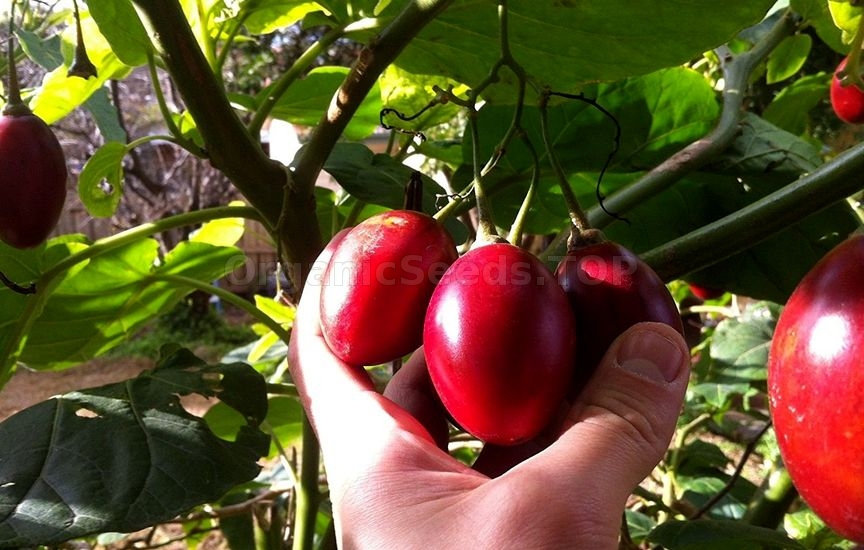 Tamarillos will produce fruit 18 to 20 months after a spring planting – so they are unlikely to crop in the first winter. But they should produce a good crop in the second winter after planting. The peak harvest months are usually July and August, but the fruit can be ready slightly earlier or later depending on the variety, climate and pruning.
Pick the fruit when the skin develops a rich colour – red, orange or gold, depending on the variety of course – using secateurs to snip the stem. Tamarillos will keep in the fridge for around two weeks, or about one week in a fruit bowl. One or two plants is usually sufficient for a family, with an expected yield of 15-20 kg per plant. Pruning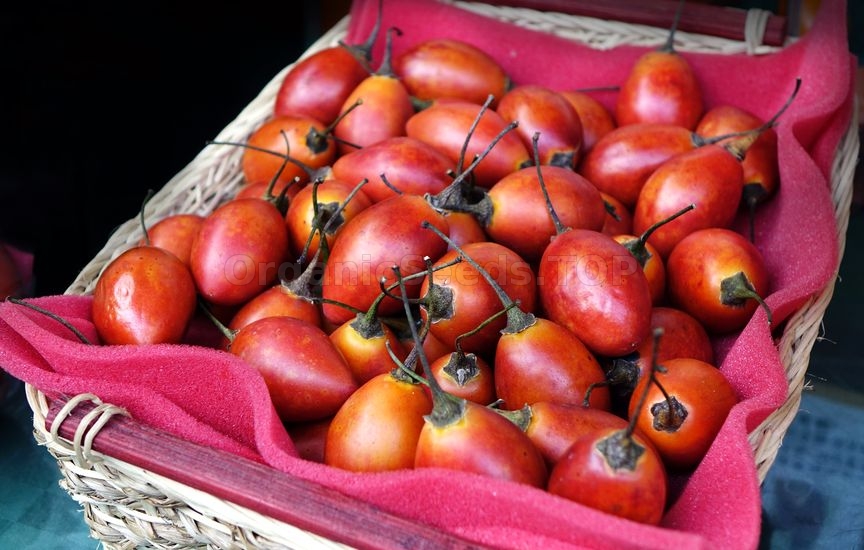 For pruning a young plant, take out the tip of the main leader when it is about 1m tall, which will encourage branching. Light frosts will naturally prune your tree, so remove old and dead wood after frosts in spring. In frost-free locations, prune growth to prevent overcrowding.
On more mature trees, keep branches to an open framework and cut back any long, lanky branches by half after the fruit has been harvested. Remove any basal growth – that is, branches growing at or around ground level. Because fruit is produced on new spring growth, complete all pruning after harvest in frost-free areas or in spring after the risk of frost has passed in sites prone to it. Propagation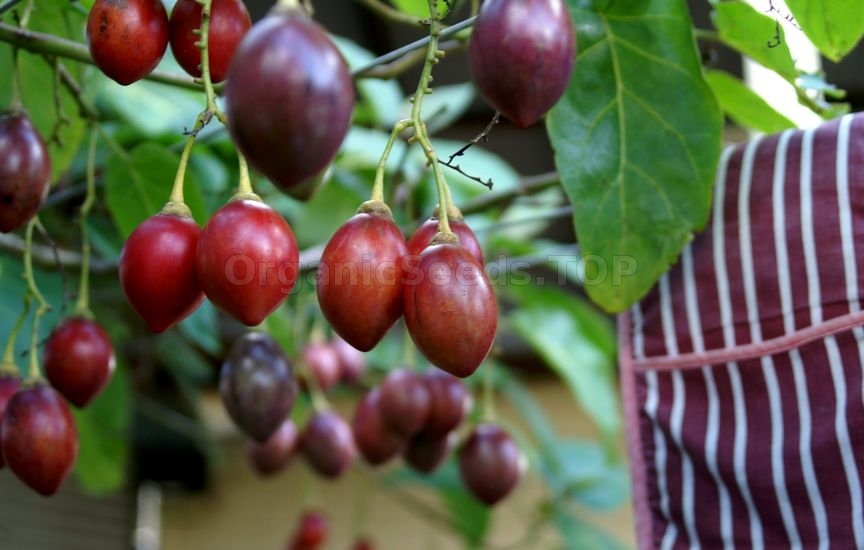 Nursery plants are usually grown from seed, by cuttings or through tissue culture (plantlets raised in a laboratory from mother plants). Success with seedlings can vary, because if the flower has been cross-pollinated with another variety of tamarillo, the genetics of the seeds inside the resulting fruit will not be identical to the original. It can be fun, however, to grow your own plants to share with friends and to see what results. Extract some seeds from good-quality fruit, wash and dry them, then store in a dry spot. In spring, place the seeds in a freezer for 24 hours to speed up germination, then sow the seeds about 10mm deep in a tray of fine soil, in a warm propagator between 24-29 degrees. When the seedlings are about 5cm tall, carefully transplant into 7-10cm pots. Once the seedlings have grown to around 20cm tall, transplant again into a larger pot. It should remain in this pot until the plant is strong enough to be planted in the garden and when there is no risk of frost. You may need:Organic Tamarillo Seeds (Cyphomandra betaceae)Rare plant seedsOrganic Tzimbalo Seeds (Solanum Caripense)«Apple of Peru» - Organic Nicandra Seeds (Nicandra Physalodes)Organic Wonderberry Seeds (Solanum retroflexum) |
|
|
